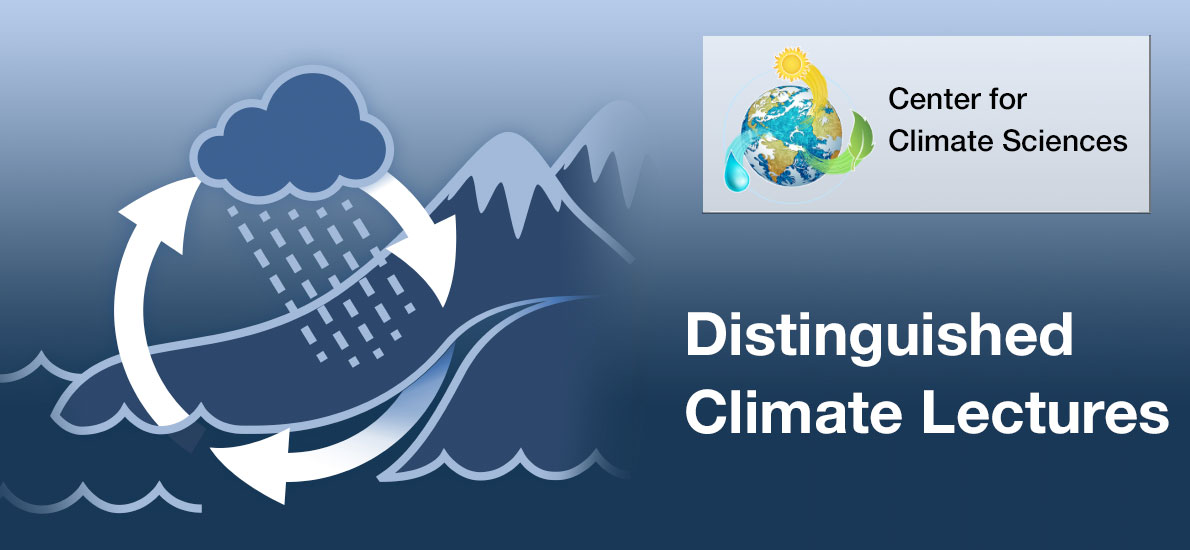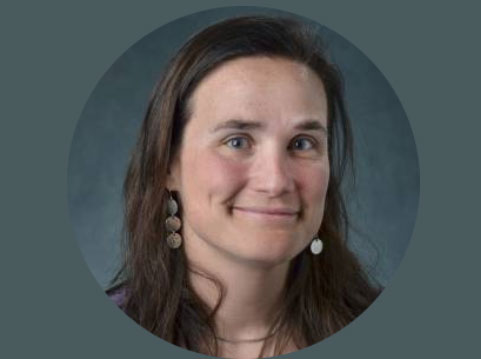Seminars
Title: Using observations and models to understand the warming Arctic
May 13, 2019 | 180-101, 3:30pm

About this Lecture

While the representation of physical processes in climate models has become more sophisticated over the last 30+ years, the vertical and seasonal fingerprints of Arctic greenhouse warming have not changed. Are the models right? Observations in recent decades show the same fingerprints: surface amplified warming especially in late fall and winter. Recent observations show no summer cloud response to Arctic sea ice loss, but increased cloud cover and a deepening atmospheric boundary layer in fall. Taken together, clouds appear to not affect the fingerprints of Arctic warming. The interconnected positive surface albedo feedback and positive lapse rate feedback rule. Can we check the models? Having observations alone does not enable robust model evaluation and model improvement. Comparing models and observations is hard enough but to improve models, one must make credible comparisons, understand why models and observations differ, and improve the physics. It’s all a tall order, but recent progress is summarized here.
About

Jen Kay is an Assistant Professor in the Department of Atmospheric and Oceanic Sciences and a Fellow of the Cooperative Institute for Research in Environmental Sciences (CIRES) at the University of Colorado at Boulder (CU). Professor Kay won the AMS Houghton Award (2016), an NSF CAREER Award (2016), and gave the inaugural Turco Lecture at AGU (Fall 2018). Her group researches climate change, feedbacks, and variability, with a specific focus on connecting global coupled climate modeling with observed cloud, precipitation, and sea ice processes.
